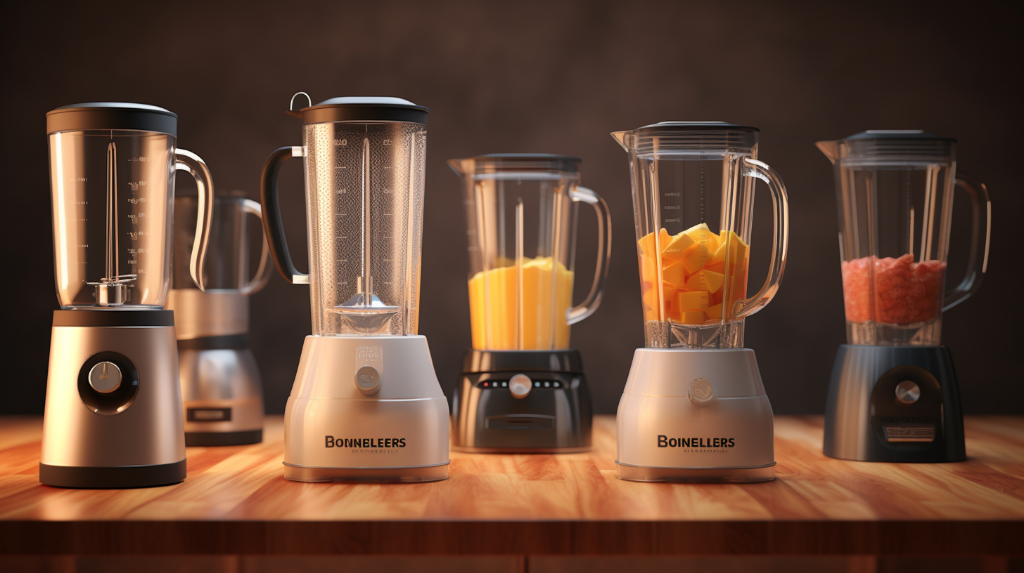Introduction:
Are you tired of chunky smoothies or poorly blended sauces? Look no further! In this comprehensive guide, we will take you on a journey through the world of blenders, teaching you everything you need to know to find your perfect blend. From the different types of blenders available to their functionalities and top features, we’ve got you covered. Let’s dive right into the exciting world of blenders!
1. Understanding the Different Types of Blenders:
Blenders come in various types, each designed to cater to specific blending needs. Let’s take a closer look at the most common types:
a) Countertop Blenders:
Considered as the classic kitchen workhorse, countertop blenders are perfect for blending everything from smoothies to soups. With powerful motors and large capacity jars, they can handle even the toughest ingredients with ease.
b) Immersion Blenders (Stick Blenders):
Compact and versatile, immersion blenders are handheld devices that allow you to blend directly in the pot, making them ideal for blending soups, sauces, and even baby food. Their portable design makes them a convenient choice for quick and easy blending tasks.
c) Personal Blenders:
If you’re always on the go and need a blender that’s easy to clean, personal blenders are a great choice. They usually come with smaller jars, making them perfect for single servings. They are also ideal for making smoothies and protein shakes.
2. Key Factors to Consider Before Buying a Blender:
When shopping for a blender, several factors should be evaluated. Let’s explore some essential features to keep in mind:
a) Motor Power:
The motor power determines how efficiently your blender can handle tough ingredients. For smoother results, look for blenders with higher wattage or horsepower.
b) Jar Material and Capacity:
Blender jars can be made of glass or plastic. While glass is dishwasher-safe and resistant to staining, plastic is lightweight and less prone to breakage. Additionally, consider the capacity required for your blending needs.
c) Speed Settings and Pulse Function:
The ability to control blending speed is crucial for achieving desired textures. Look for blenders that offer multiple speed settings and a pulse function for greater control.
d) Blade Quality:
A blender’s blade is responsible for the blending process, so it’s important to have sharp and durable blades. Look for stainless steel blades for optimum performance.
3. Essential Tips and Hacks for Blending Success:
a) Avoid Overfilling the Jar:
To prevent spills and ensure efficient blending, avoid filling the jar beyond its recommended capacity. Be mindful of liquids expanding when blended.
b) Start with Liquid Ingredients:
When blending, always start with the liquid ingredients to aid in the blending process. This strategy helps reduce strain on the motor and promotes smoother results.
c) Chop Ingredients Into Smaller Pieces:
For better blending performance, cut ingredients into smaller chunks before placing them in the blender. This enables a quicker and more efficient blending process.
d) Clean Your Blender Properly:
After each use, disassemble your blender and clean it thoroughly. For stubborn residue, fill the jar with warm water and a drop of dish soap, then blend for a few seconds. Rinse well afterward.
Conclusion:
Congratulations! You are now equipped with all the knowledge you need to find the perfect blender that suits your blending needs. Whether you’re a smoothie enthusiast or a culinary maestro, a blender is an essential tool that can elevate your cooking experience. Remember to consider the different types, key factors, and blending tips we’ve shared to make the most out of your blending adventures. Get ready to create countless delicious recipes with your new blender companion!




